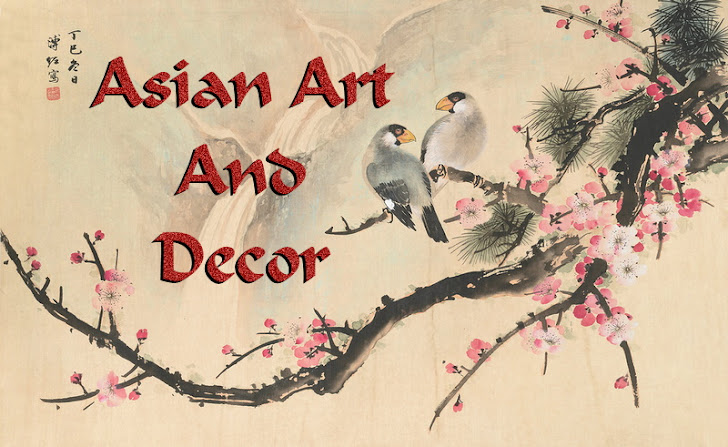Buddhism is most often associated with Japan, China, and other countries of that area of the world. But Buddhism had its beginning in India in the 5th century B.C. Buddhism was the result of challenges to traditional Hinduism, and these challenges culminated with the teachings of Siddhartha Gautama, the son of a wealthy tribal chieftain. He renounced his wealth and became the awakened one, the Buddha Buddhism came to China circa 60 A.D., but it did not become well known and popular until the third century A.D.
Maitreya, the future Buddha, is a bodhisattva which is a Sanskrit word that roughly means wise, enlightened being. A bodhisattva is dedicated to helping others achieve enlightenment. Some sects of Buddhism believe that Maitreya will appear when the teachings of Gautama Buddha are no longer taught and are forgotten. But the meanings and beliefs about Maitreya are many and varied within Buddhist beliefs.
The laughing Buddha was a Ch'an Buddhist Monk that lived in China over 1000 years ago. The Ch'an sect of Buddhism is called Zen in Japan. Tradition says that this monk's name was Hotei, or Pu Tai (which means cloth sack) as he would carry a large cloth sack with him on his travels. He very seldom stayed in the place where he became a Buddhist monk and constantly traveled. Whenever he met someone that offered him something, he would always accept it
and put it in the bag across his back. Conversely, whenever he met someone that asked for something, he would give it to them out of the sack. Tradition also says that he was a man of good and loving character, and as such he was linked with the traditions of Maitreya, the future Buddha. Because of his large belly and smile his name is also The Laughing Buddha.
 |
| Traditional depiction of Maitreya |
The Laughing Buddha is often times portrayed as carrying a cloth sack which is filled with various things. Money, candy for children, food, even the woes of the world. Sometimes he is portrayed as sitting, fanning himself with a type of fan called a 'wish giving' fan. He is sometimes portrayed with a begging bowl. But whether sitting or standing, he is always bald with a big pot belly and a smile on his face.
Belief in The Laughing Buddha is mostly based on legend. It is said that rubbing his protruding belly brings good luck. Statues of Maitreya are displayed in Buddhist temples, Chinese and Japanese homes, and other places around the world. When a learned Buddhist monk was asked why a statue of The Laughing Buddha was usually by the front door of a Buddhist temple, he said that the laughing, smiling face made people feel welcome.
Maitreya was linked to the original Buddhist Maitreya because the paunchy smiling face with his large bag filled with many different things reminds Buddhists to emulate the spirit of the bodhisattva; to be big-hearted and compassionate, one who cheerfully accepts all and gives all.







